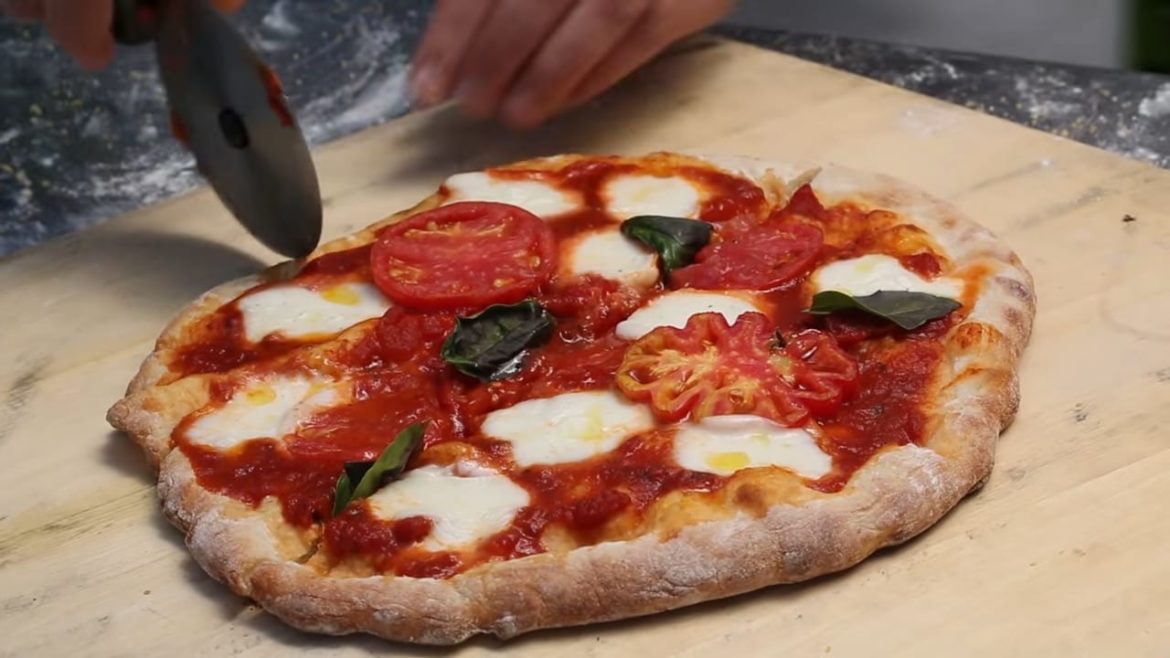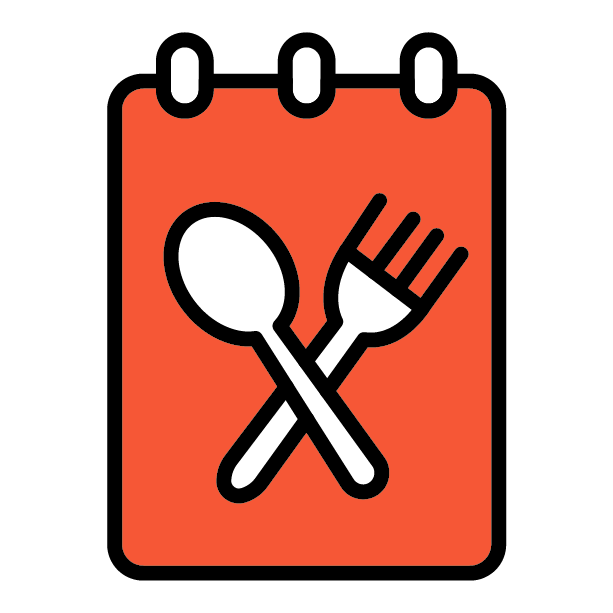Artisan Pizza Crust is on the menu in Book recip, and we are going to teach you how to make this delicious recipe from scratch!
This is our go-to pizza dough recipe. In spring, we suggest a mix of seasonal mushrooms for toppings. The earthiness of the mushrooms pairs best with a Bordeaux-style red wine like Jordan Cabernet Sauvignon. Summertime calls for ingredients fresh from the garden, such as tomatoes and basil.
Follow along with the 📝 recipes below👇🏾👇🏾
When ready to use, remove your pizza dough from the freezer and defrost in the refrigerator for 10-12 hours, keeping the dough in the same plastic freezer bag. If you’re in a hurry, remove the dough from the freezer bag, transfer to a bowl, cover with plastic wrap and defrost at room temperature for about 2 hours. Defrosting under the controlled temperature of a fridge is better. The dough can rest at room temperature for up to 3 hours before using. Once defrosted, follow the instructions above to preheat the grill.
Ingredients
SUGGESTED TOPPINGS
Instructions
Notes
Jordan Winery’s baker extraordinaire, Cristina Valencia, offers tips and secrets for making the perfect homemade pizza dough crust with a full video demonstration
Recipe video
Bon Appétit

